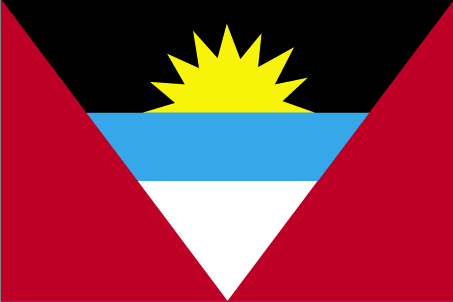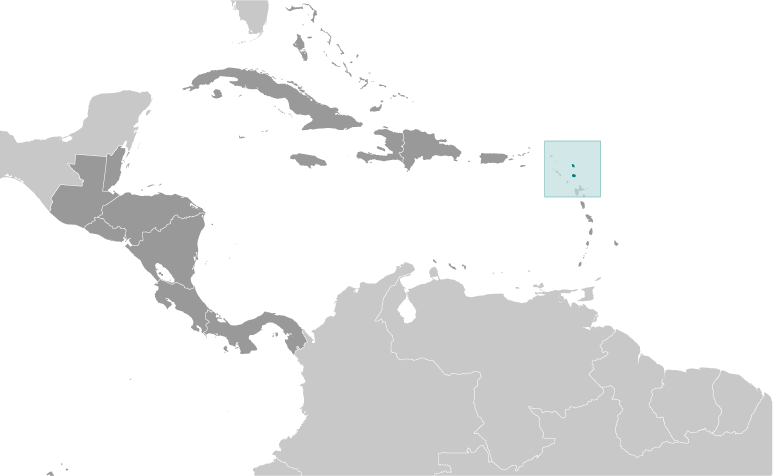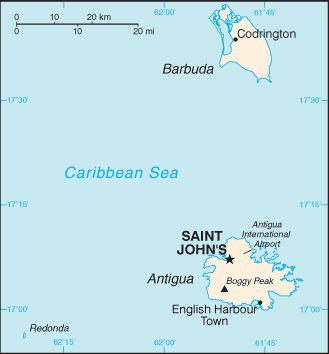Investing in Antigua and Barbuda



Capital: Saint John's
Population: 88 thousand
GDP: $1.433 billion
Tourism continues to dominate Antigua and Barbuda's economy, accounting for nearly 60% of GDP and 40% of investment. The dual-island nation's agricultural production is focused on the domestic market and constrained by a limited water supply and a labor shortage stemming from the lure of higher wages in tourism and construction. Manufacturing comprises enclave-type assembly for export with major products being bedding, handicrafts, and electronic components. Prospects for economic growth in the medium term will continue to depend on tourist arrivals from the US, Canada, and Europe and potential damages from natural disasters. After taking office in 2004, the SPENCER government adopted an ambitious fiscal reform program, and was successful in reducing its public debt-to-GDP ratio from 120% to about 90% in 2008. However, the global financial crisis that began in 2008, has led to a significant increase in the national debt, which topped 130% at the end of 2010. The Antiguan economy experienced solid growth from 2003 to 2007, reaching over 12% in 2006 driven by a construction boom in hotels and housing associated with the Cricket World Cup, but growth dropped off in 2008 with the end of the boom. In 2009, Antigua's economy was severely hit by the global economic crisis, suffering from the collapse of its largest financial institution and a steep decline in tourism. This decline continued in 2010 as the country struggled with a yawning budget deficit.
Bank of Antigua - http://www.bankofantigua.com/
ABI Financial Group - http://www.abifinancial.com/
Back to Country Investing





